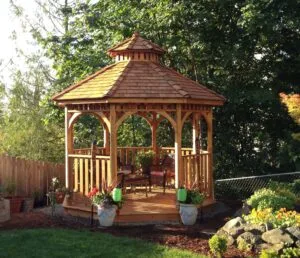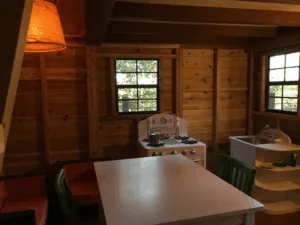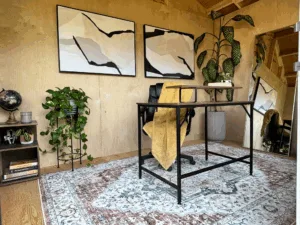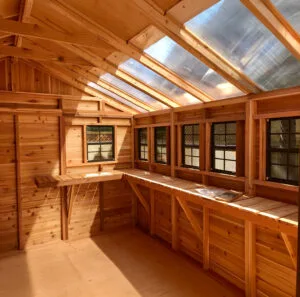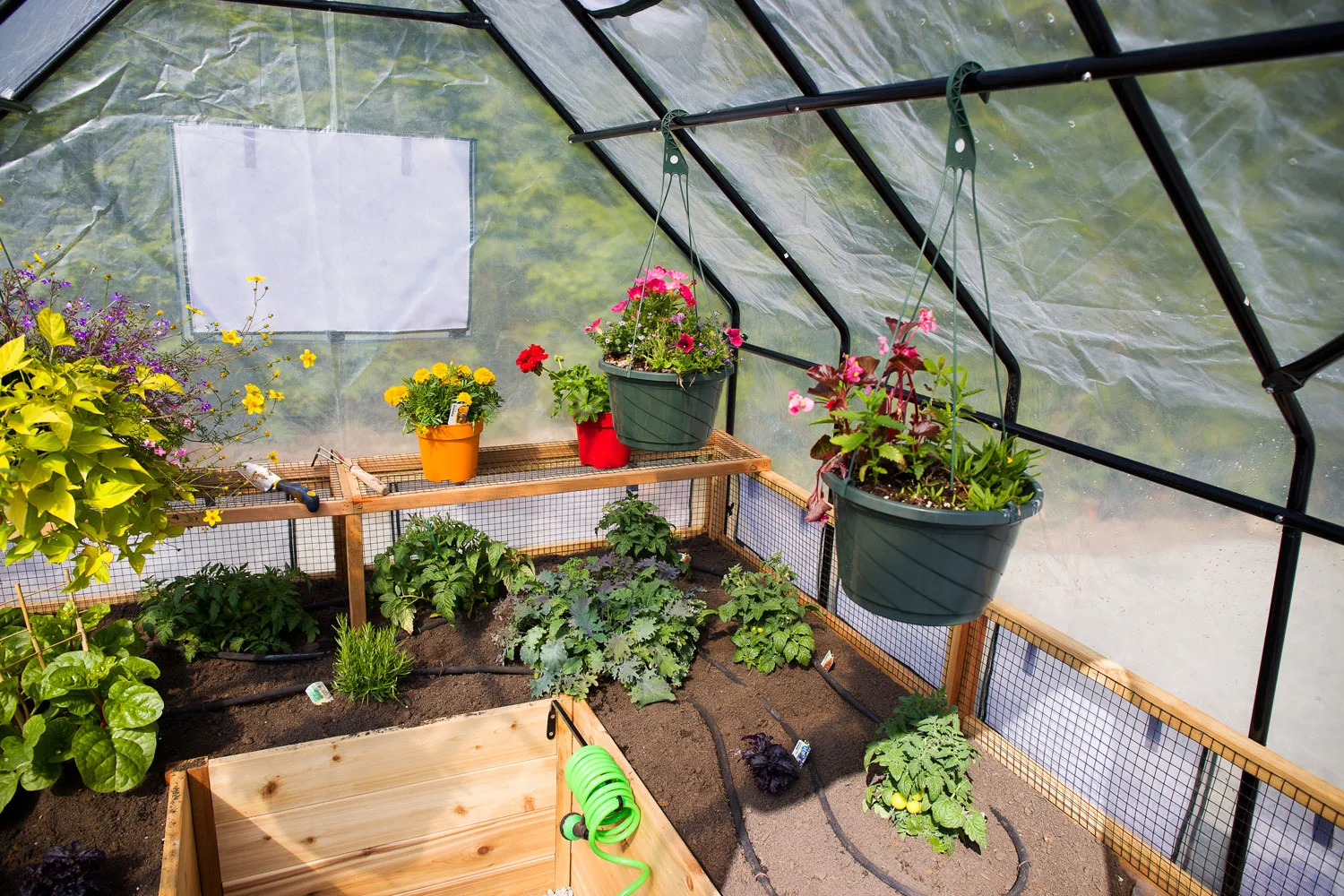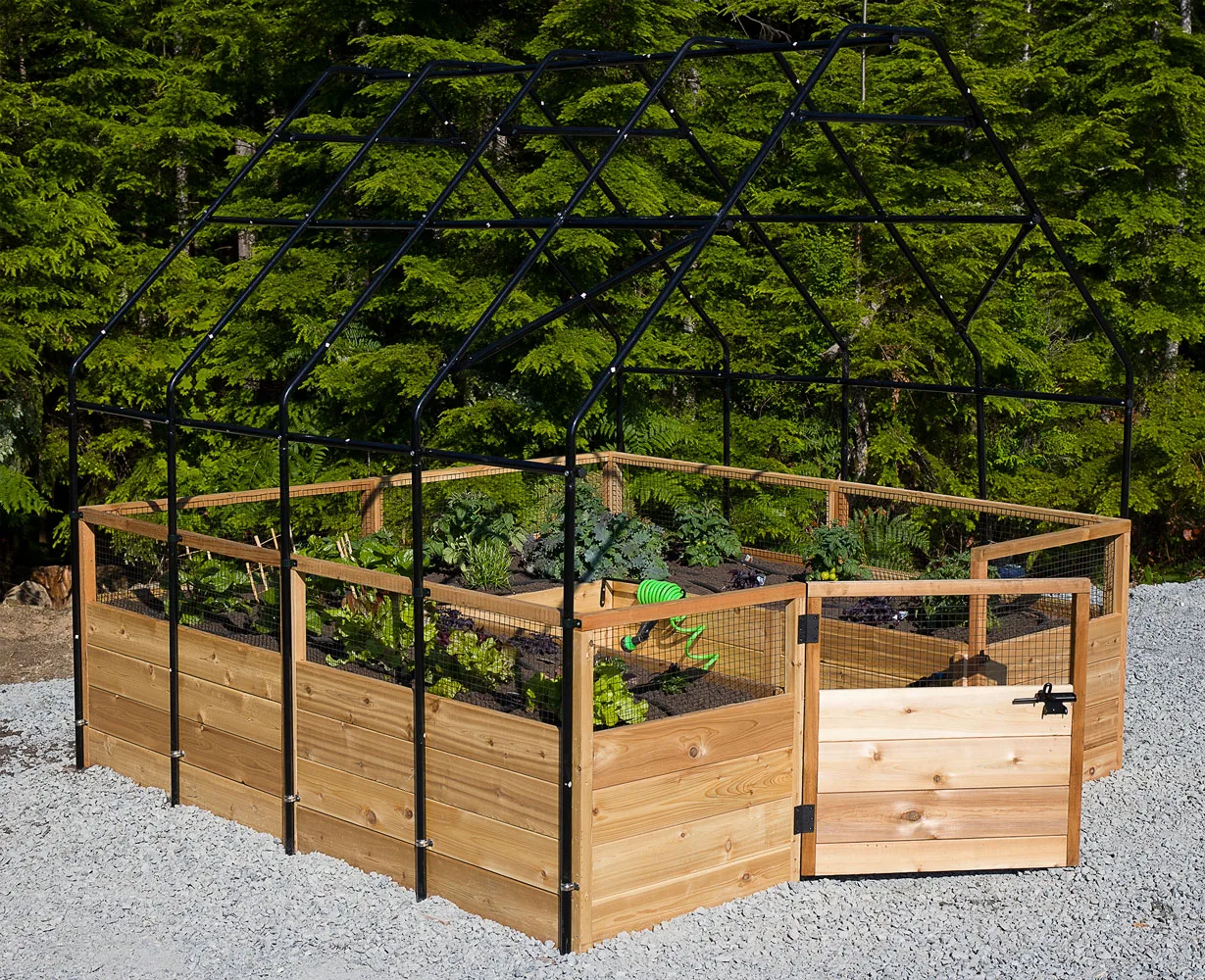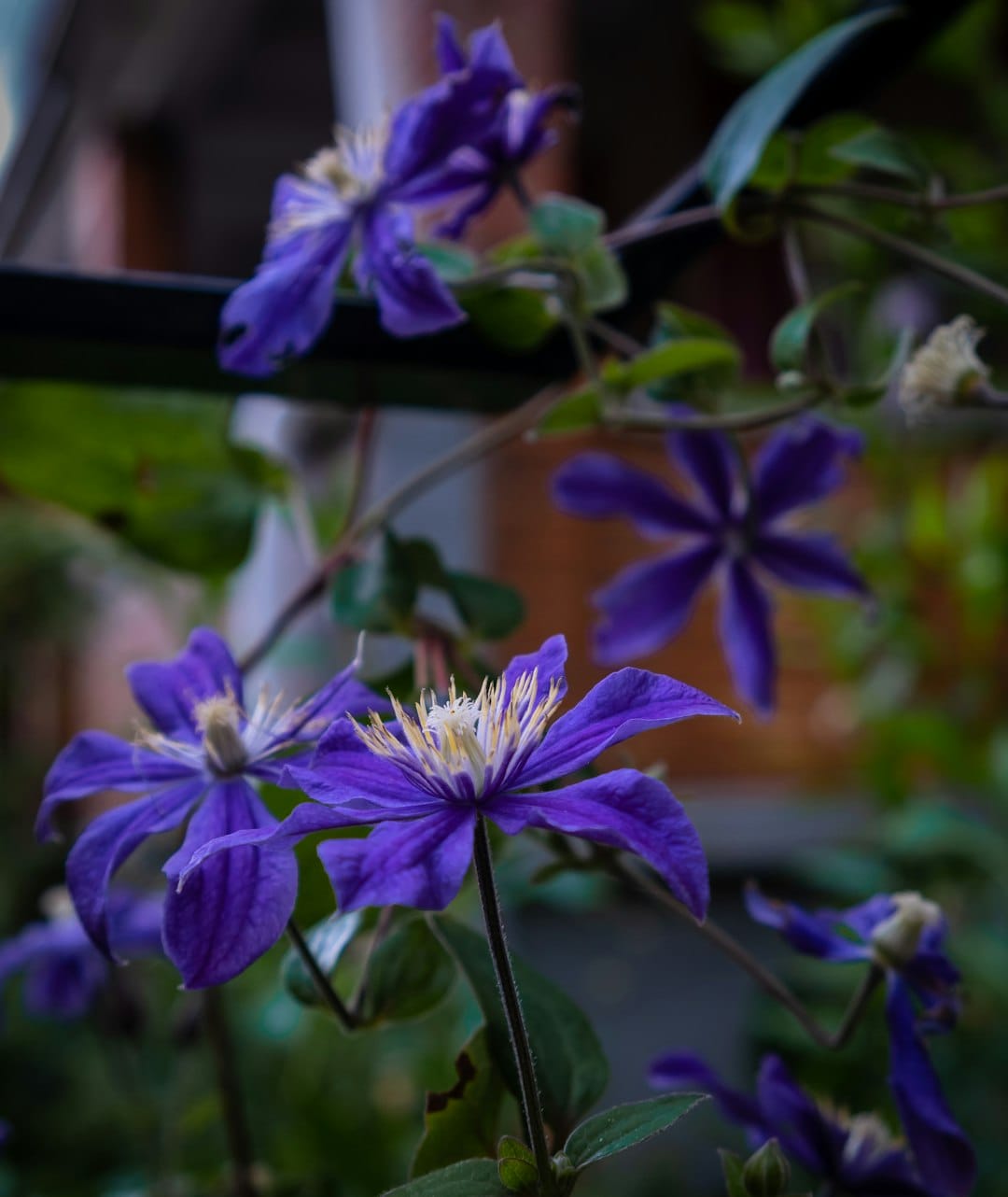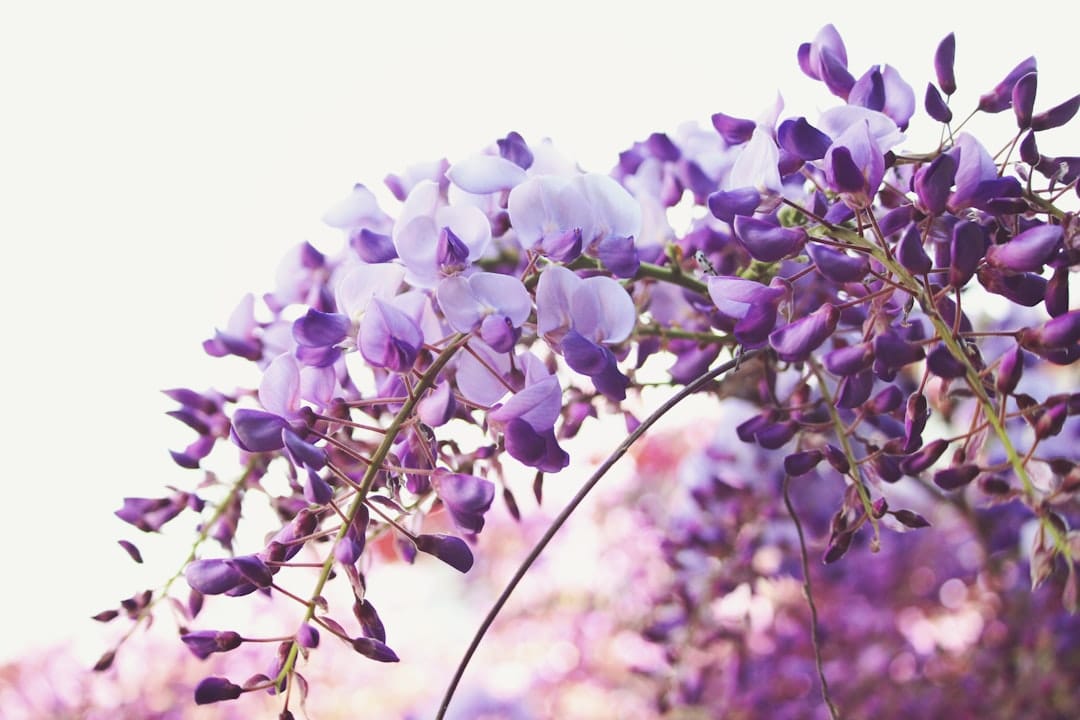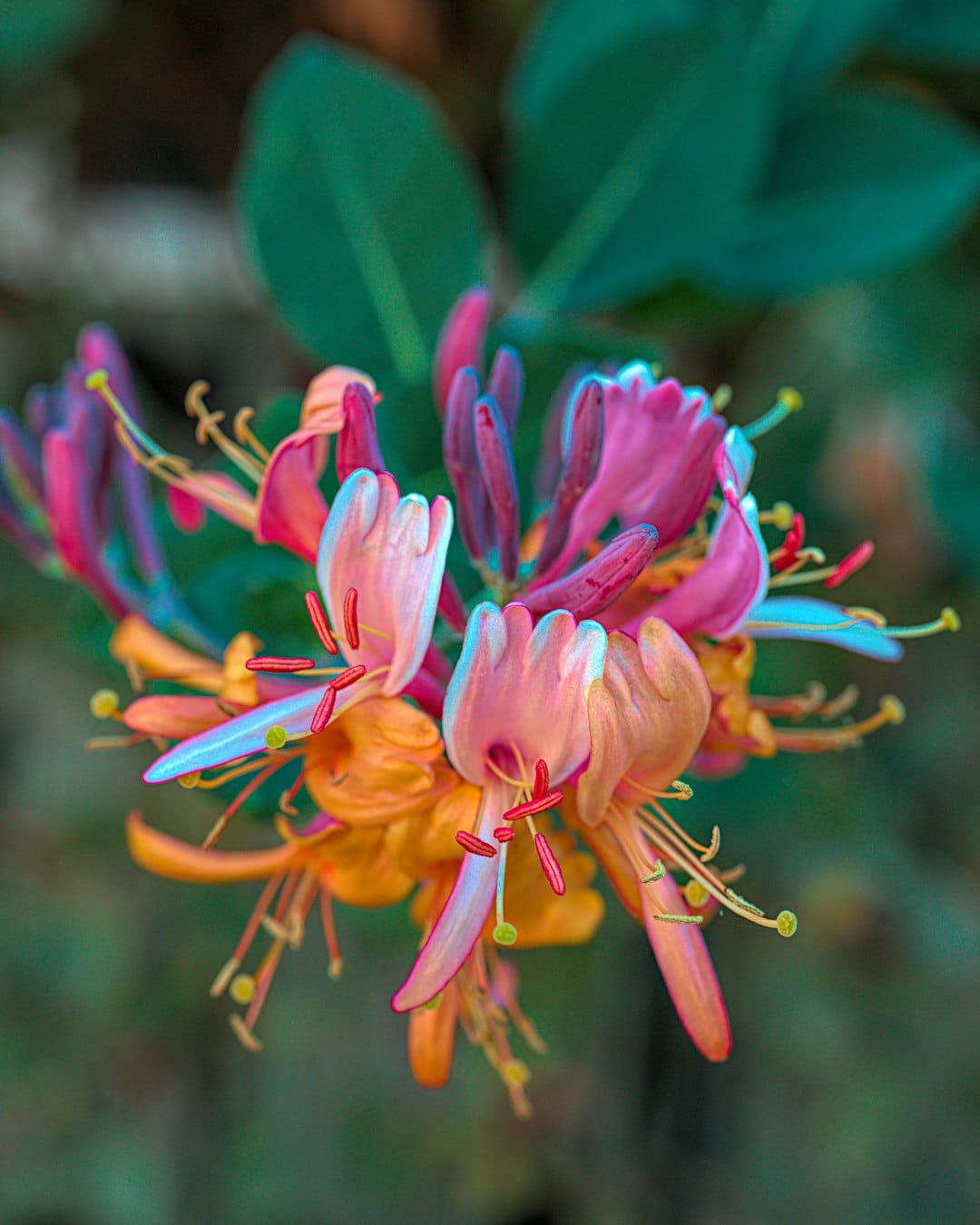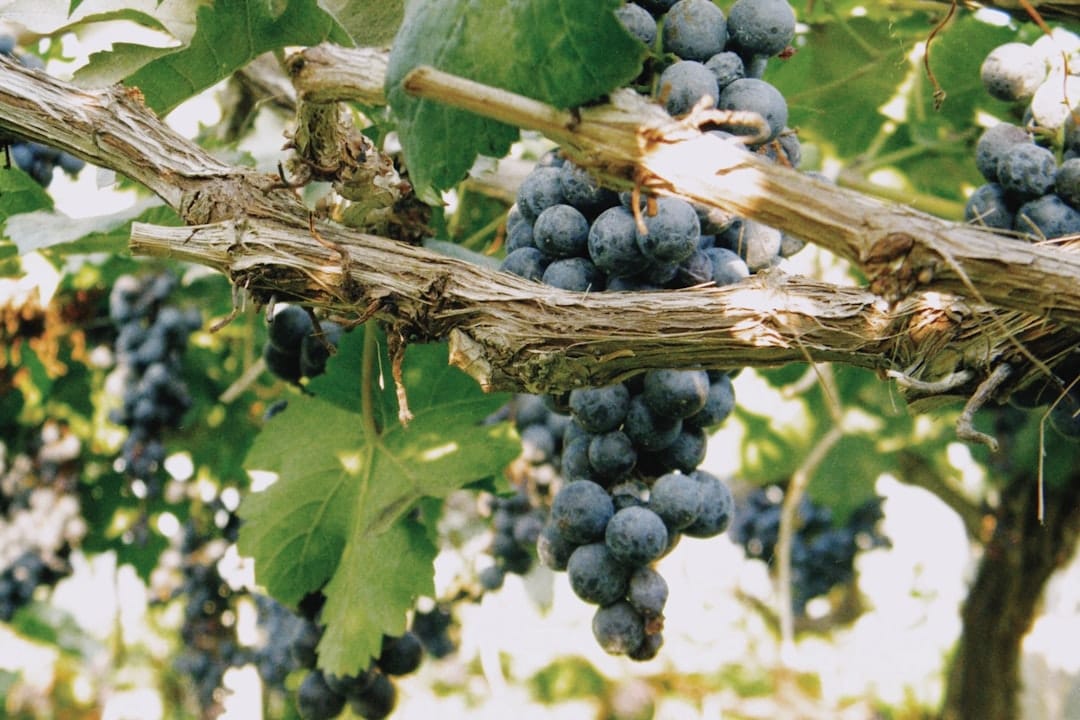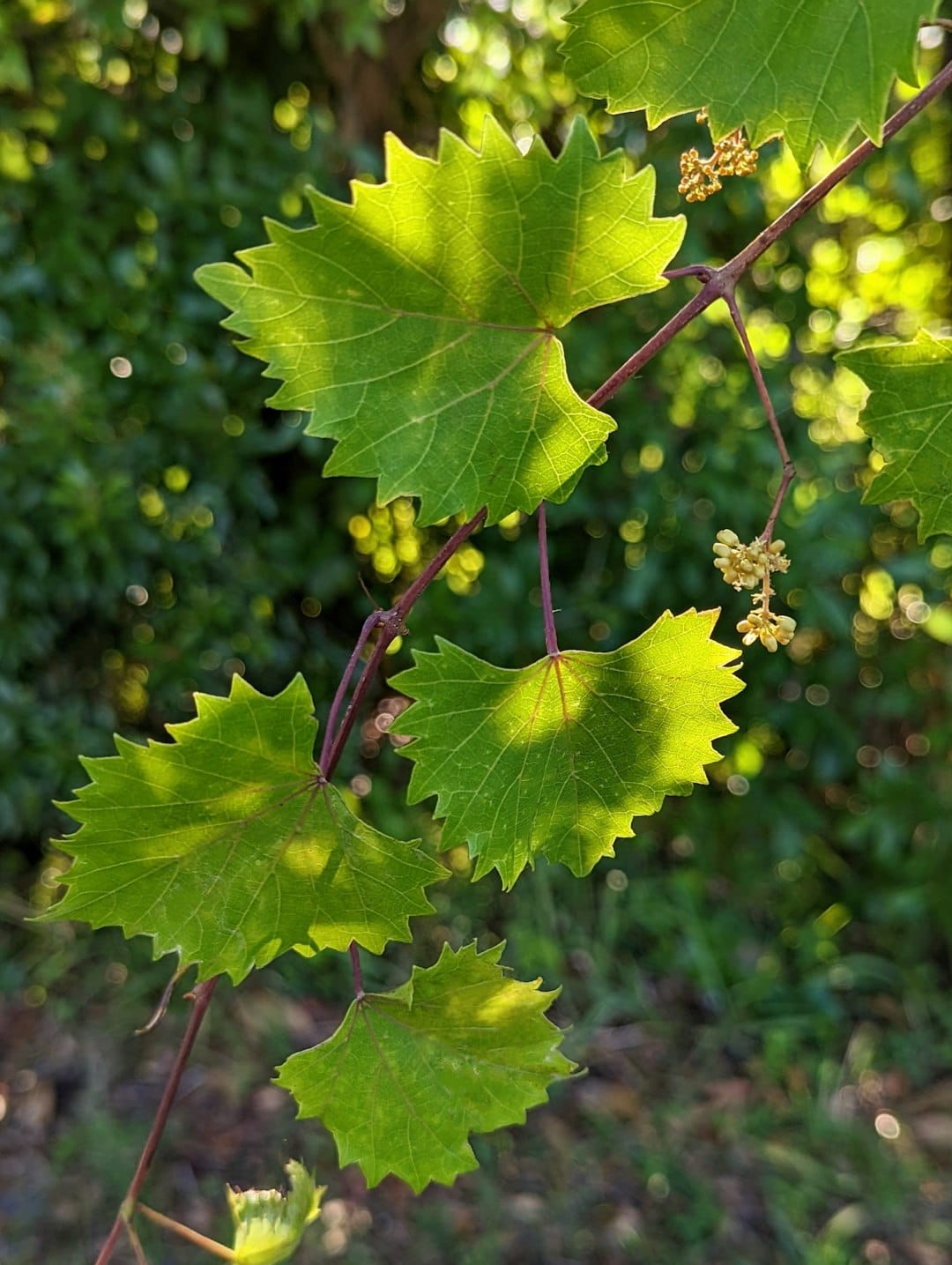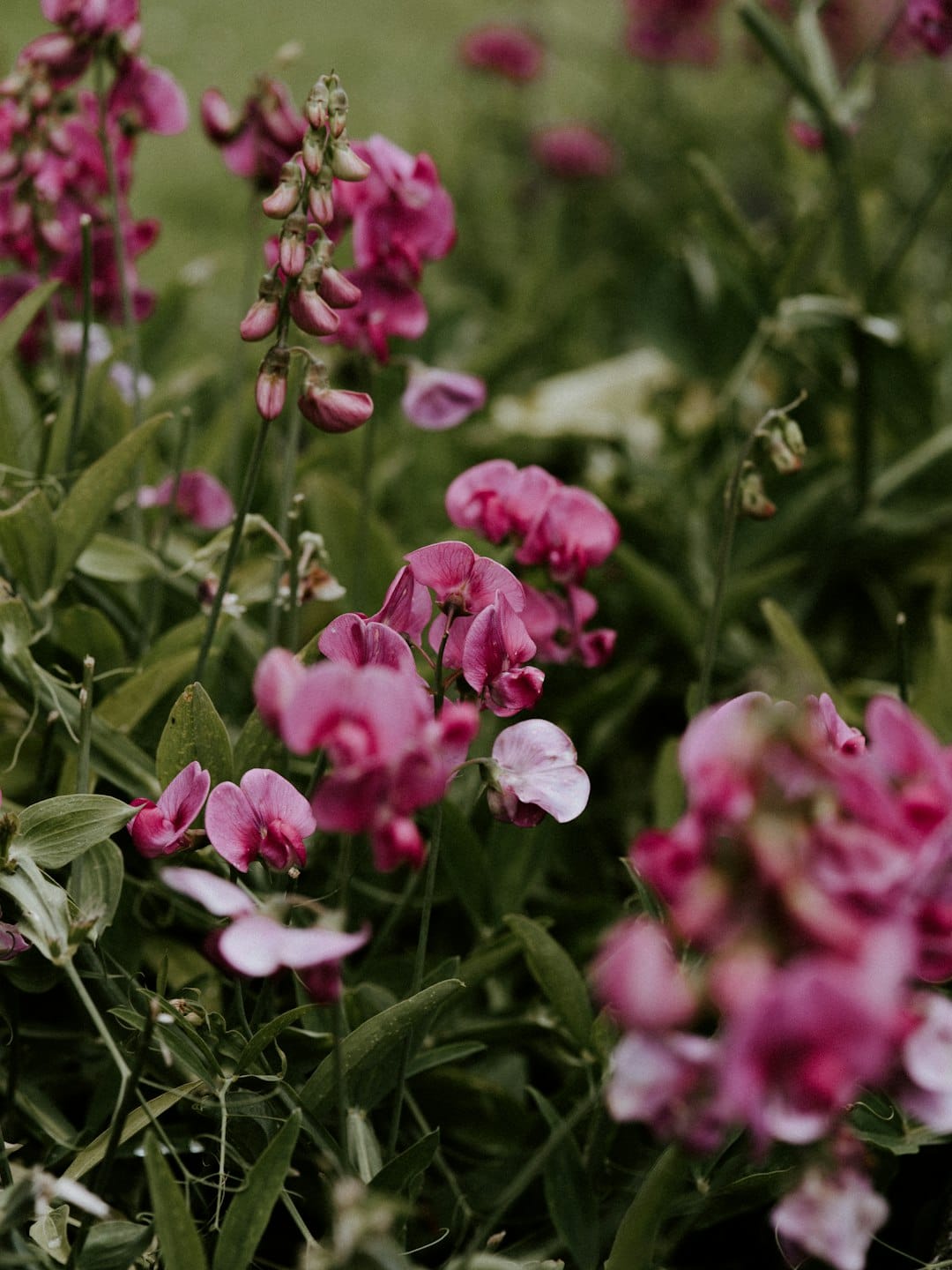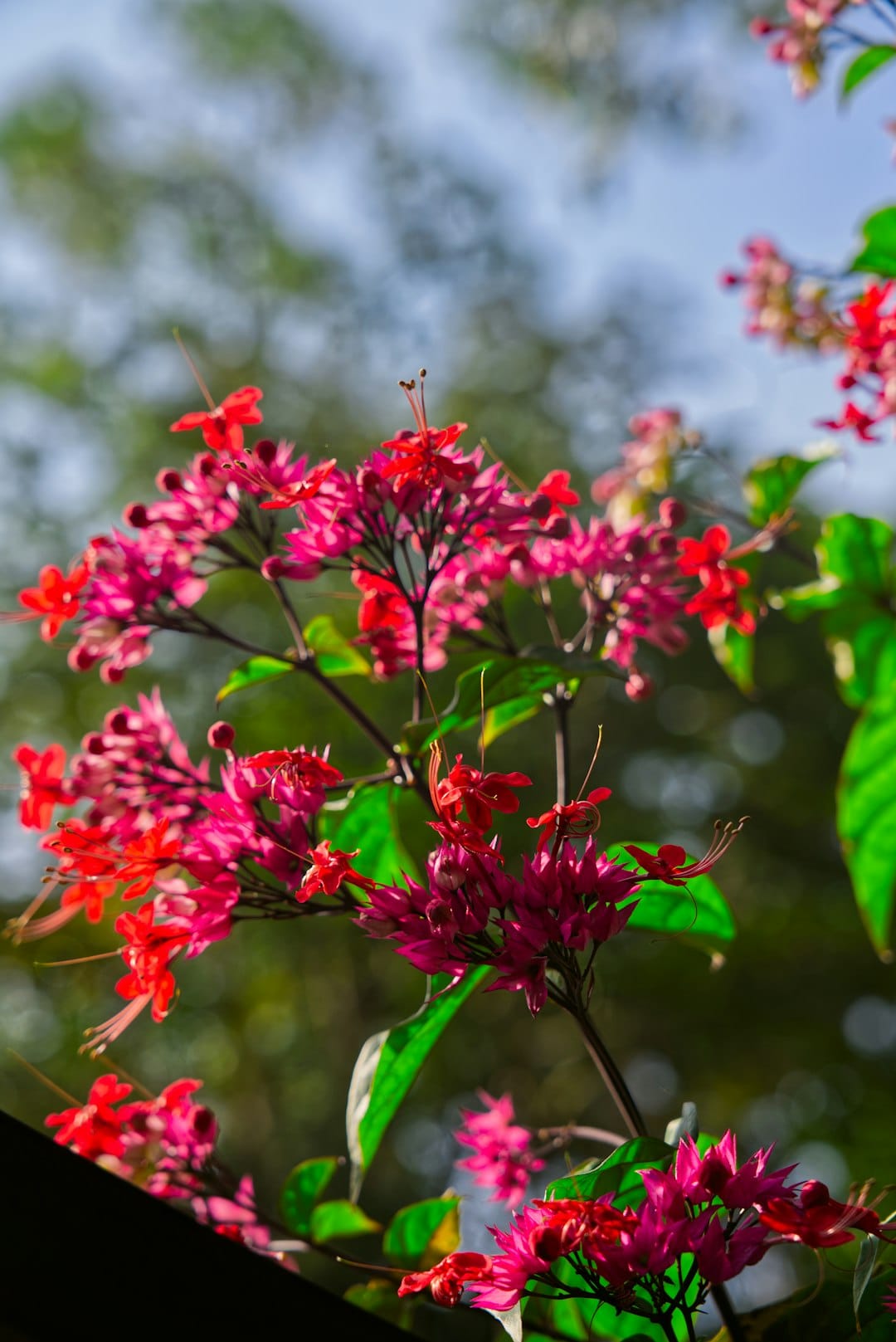Sugi vs. Western Red Cedar
Understanding the Differences Between Two Popular Softwoods
When it comes to choosing wood for outdoor structures, interior finishing, or specialty woodworking projects, both Sugi (Japanese Cedar) and Western Red Cedar stand out for their beauty, durability, and unique performance characteristics.
While these two species share similarities—such as their resistance to rot and insects—they differ in origin, appearance, density, scent, and long-term stability. This guide provides a balanced, educational comparison to help you understand how each wood performs and when one may be preferred over the other.
What Is Sugi?
Sugi refers to the timber harvested from the Japanese cedar tree (Cryptomeria japonica), a tall evergreen conifer native to Japan. It has been used for centuries in traditional Japanese architecture, including temples, shrines, houses, and interior paneling.
Key Characteristics of Sugi
Lightweight with straight grain: Typically pale yellow to light brown, sometimes with soft reddish tones.
Naturally resistant to decay, insects, and fungi.
Fine texture and smooth appearance.
Cultural significance: The wood holds deep historical value in Japanese craftsmanship.
Used in many industries: Construction, interior paneling, furniture, and specialty woodworking.
Overall, Sugi offers a balance of durability and workability, making it valued both in Japan and internationally.
What Is Western Red Cedar?
Western Red Cedar (Thuja plicata) grows along the Pacific Northwest coast of North America, including British Columbia, Washington, and Oregon. Known for its rich color, aromatic scent, and exceptional outdoor performance, it is widely used for exterior applications.
Key Characteristics of Western Red Cedar
Warm reddish-brown tones with distinct grain patterns.
Outstanding natural resistance to rot, decay, and insects due to its high extractive content.
Low density and dimensional stability—cedar moves less with moisture changes.
Long lifespan outdoors, especially in wet or variable climates.
Strong cultural and economic value in North American woodworking traditions.
Western Red Cedar is commonly used for sheds, siding, fencing, pergolas, garden beds, greenhouses, and outdoor furniture.
Sugi vs. Western Red Cedar: A Side-by-Side Comparison
Species & Origin
Sugi: From Cryptomeria japonica, native to Japan.
Western Red Cedar: From Thuja plicata, native to the Pacific Northwest.
Both are softwoods with long histories of structural and cultural use.
Appearance
Sugi: Light yellow–brown, sometimes reddish; fine, straight grain; soft visual tone.
Western Red Cedar: Rich reddish-brown; more pronounced grain patterns; deeper, warmer aesthetic.
Which is better?Neither—this is personal preference. Cedar offers more color variation; Sugi offers a lighter, more uniform look.
Durability & Decay Resistance
Both species contain natural oils that protect against fungi, insects, and moisture.
Sugi: Naturally durable but slightly softer overall. Performs well outdoors when properly maintained.
Western Red Cedar: One of the most decay-resistant woods available. Ideal for wet, coastal, or variable climates.
Subtle advantage:
Western Red Cedar, especially for long-term outdoor exposure.
Density & Weight
Sugi: Very lightweight (similar to pine), easy to cut and handle.
Western Red Cedar: Also lightweight, but slightly higher density than Sugi.
Real-world impact:Cedar’s density gives it better stability outdoors; Sugi’s lower density makes it easier to work with indoors.
Uses & Applications
Sugi is commonly used for: framing, flooring and interior finishing, traditional Japanese building, and furniture and small woodworking projects.
Western Red Cedar is commonly used for: outdoor structures (sheds, pergolas, fences, greenhouses), decking and siding, garden beds and outdoor furniture, trim, paneling, and architectural accents.
Subtle advantage:
Cedar excels specifically in harsh outdoor environments.
Scent & Aromatic Qualities
Sugi: Emits a mild, sweet, pleasant scent; valued in Japanese culture for its calming aroma.
Western Red Cedar: Known for its rich, distinctive aroma—often described as fresh, warm, and naturally protective (its scent comes from oils that repel insects).


